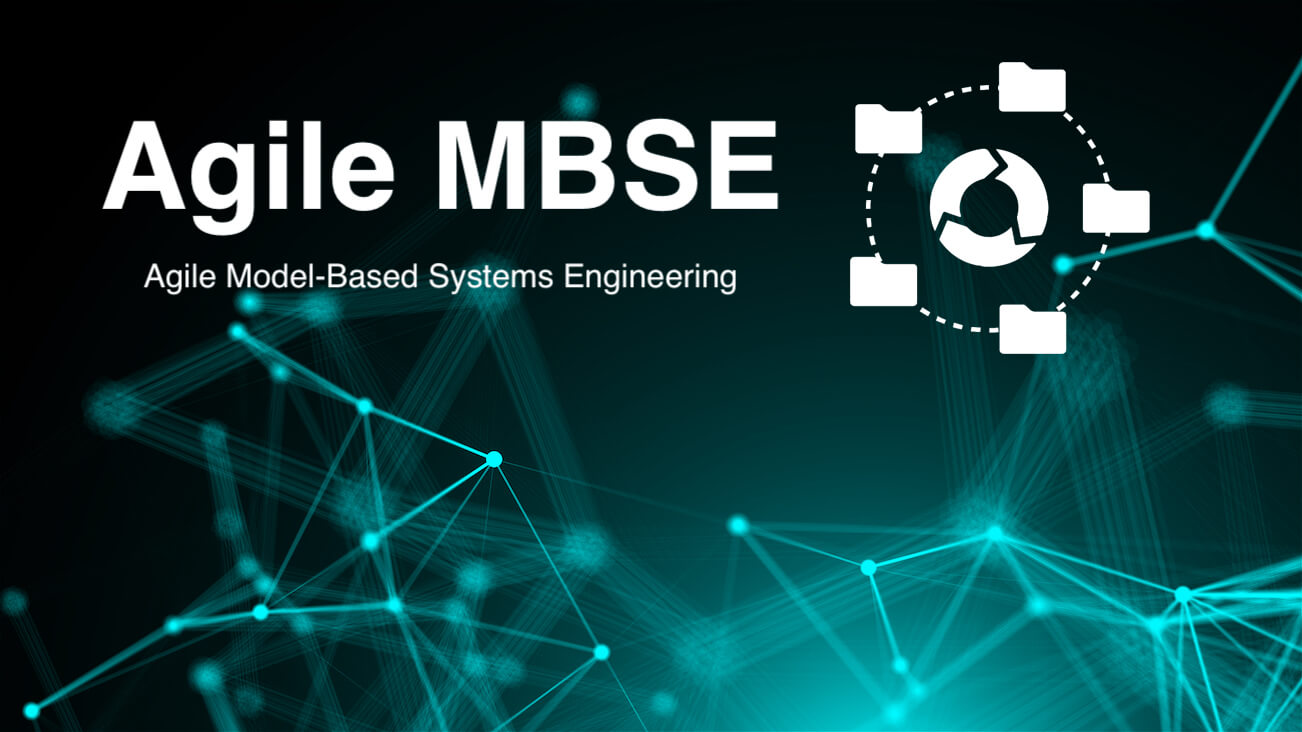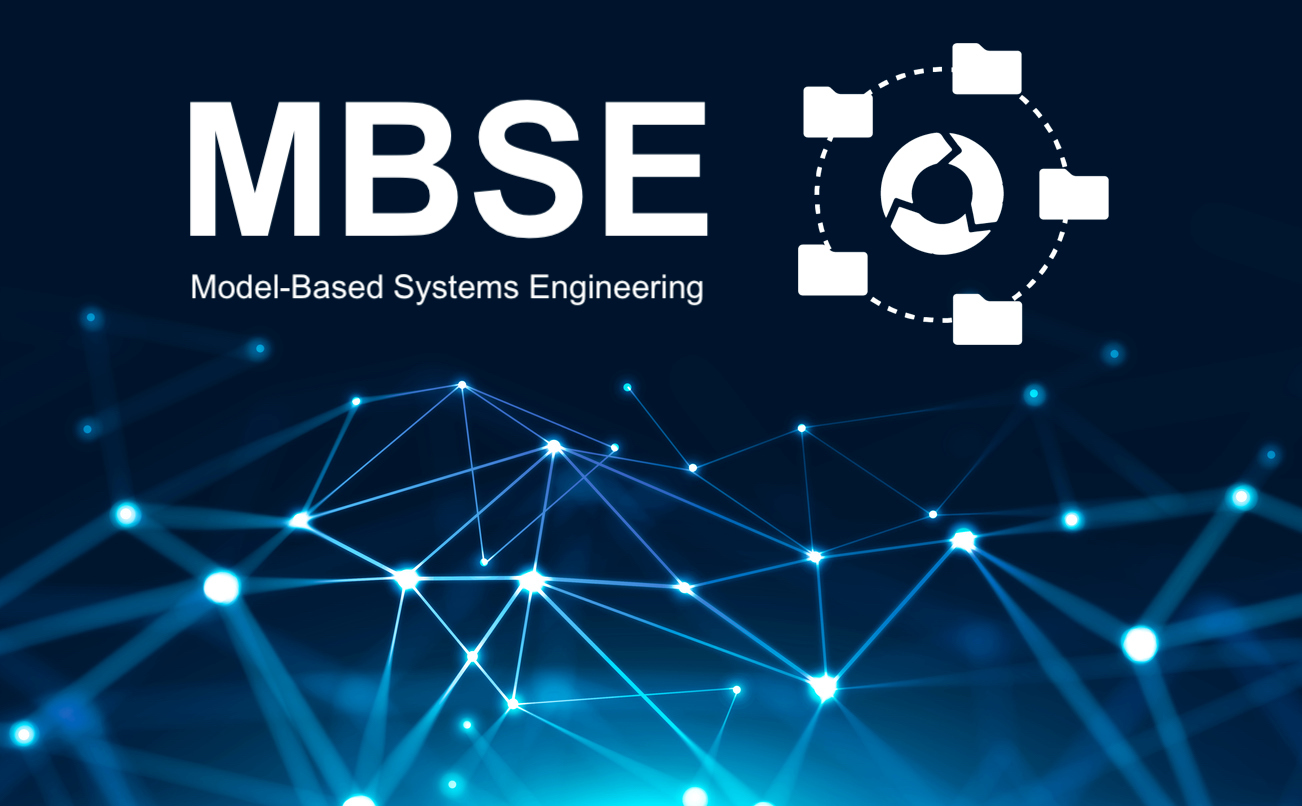When we debate trivia at the dinner table, what do we do? We set the record straight with a quick Google search on our mobile device. When we need a new laptop? Well, over 5,000 reviews are a few clicks away on CNET. What about when we need to learn how to tie a tie, cut a mango, or change a car’s taillight? We point our web browser to one of over 135 million how-to videos on YouTube.1 The way we learn today has changed. The ease, accessibility, and speed of the internet have made it the first stop on almost any learning journey.
This cognitive shift is not lost on training and development professionals. They are tapping into this trend to improve learning in the workplace through microlearning—a way of teaching and delivering content to learners in small, very specific bursts.2
Modern learners are not inclined to sit through hours of classroom instruction or e-learning modules. They don’t have the time or patience for it. In fact, employees can only afford to give about 1% of their workweek to learning activities.3 Small, bite-sized pieces of content give learners relevant information when they need it. Not only is this convenient for busy learners, but it’s also very effective. According to Miller’s Information Processing Theory, “chunking” information is the way our brains process information best.
So, microlearning is officially a thing. A big thing. But, how to you get started? We offer three considerations to help you get the most out of your microlearning initiatives.
Embrace new delivery methodologies
If we want to affect behavioral changes and achieve performance goals, we need to consider the ways that learners are already researching and teaching themselves. We should embrace short-form content such as blogs, infographics, podcasts, and videos. We should ride the wave and give learners the information they want, how they want it, and when they want it. Often, this is at the point of need—not on our terms.
Microlearning can be delivered any number of ways, from a customized SharePoint site, to curated content on a company intranet, to commercially available delivery platforms. A careful analysis of learners and their performance objectives will inform the most suitable approach for your organization.
Post with purpose
Of course, we cannot simply throw bits and pieces of content haphazardly on an intranet site or video channel. As with traditional training methods, we must also be prescriptive and mindful about the information presented via microlearning. Original and curated content must be relevant and support performance goals. The overall learning objectives don’t change with microlearning. How we achieve those objectives does.
As an example, a consulting firm decided to update their onboarding process and created a learning hub for new employees. A mix of original and existing content was planned and paced over distinct phases of the learner’s first year of employment. Content presented the first two weeks of employment was highly tactical and job specific, such as HR and Benefits registration job aids. The organizational structure was the focus of the next six months, with participants being encouraged through a platform-based exercise to expand their personal networks, seek out a mentor, and check back in. The last six months focused on personal development and company culture. Participants set performance goals using relevant internal resources and links to external sites of interest.
Apply new, authentic measurements
If the way people learn is changing, the way we assess that learning must also change. A pop-quiz or multiple-choice test will seem out of place in a fluid, microlearning environment. An assessment that is performance based, monitors material usage and on-the-job performance, is more appropriate. Assessments may be more informal and conducted with a mentor or coach. Participants may also be asked to apply their learning to a real situation and then return to the delivery platform to report their results and engage in discussion with their peers.
Microlearning is a reality. Large companies in banking, retail, professional services, healthcare, and insurance are adding it to their training repertoire. Does it replace traditional learning methodologies? No. There will always be a place for instructor-led training and traditional e-learning. Microlearning complements traditional modalities and is an ideal delivery method for performance support material such as user manuals, personal development, and task-based resources.
Meeting learners where they are in terms of available time, emergent needs, and an ever-changing professional landscape is a tall order. While microlearning is not a learning panacea, it certainly has a place in the learning designer’s toolkit. Planning your short-form content, evaluating delivery mechanisms and tweaking assessment techniques will help to ensure you get the most out of this exciting training approach.
Sources: 1 YouTube Trends, 2 eLearning Industry, 3 Bersin by Deloitte.






